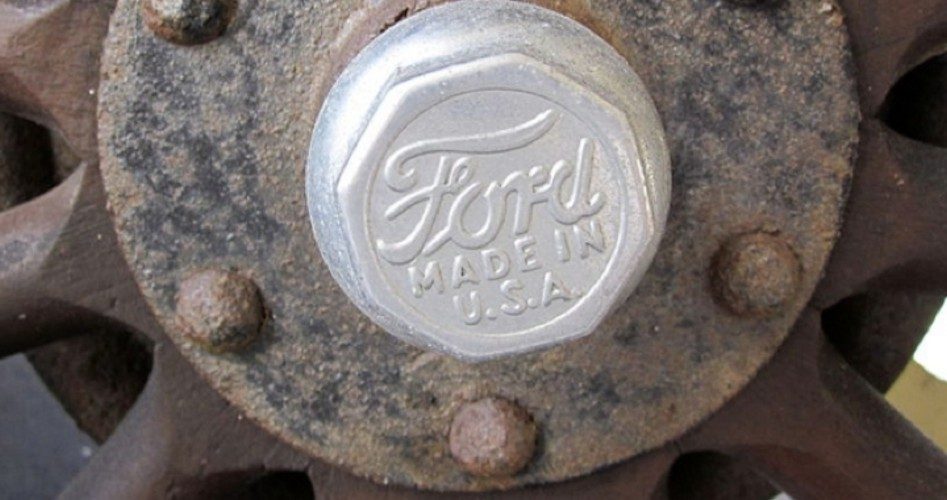
More than half of 200 U.S. companies with sales greater than $1 billion are moving jobs back to the United States, or are planning to, within the next two years. The announcement by Boston Consulting Group (BCG) on Tuesday confirms a subterranean paradigm shift that’s been underway for at least two years. Because of rising labor costs in China and elsewhere, the mathematics supporting offshoring of former American jobs has drastically changed for the worse, according to Harold Sirkin, senior partner at BCG:
Over the past couple of years, we’ve projected an improvement in U.S. manufacturing competitiveness by 2015 that would help drive an American manufacturing revival. The results of our latest survey make clear that a profound shift in attitude is beginning.
When you look at the total cost of production for many goods, the U.S. appears increasingly attractive.
The impact is likely to be enormous. A report released by BCG in August predicted that between 2 ½ million and 5 million new jobs would be created in U.S. manufacturing before the end of the decade, less than seven years from now. This is estimated to bring down the unemployment rate by between two and three full percentage points.
In that August report, it was noted that the shift has already begun but without media fanfare. Since 2005, U.S. exports have been growing more than seven times faster than the country’s economy as a whole. In fact, exports from the United States are now at their highest point in 50 years, according to BCG. And this is just the beginning.
The math that makes such a move not only predictable but inexorable involves more than just labor costs. When adjusted for productivity and taking into account energy costs, quality, proximity, supply chain management, and other factors, the United States is surprisingly competitive:
We estimate that by 2015, average manufacturing costs in the five major advanced export economies that we studied — Germany, Japan, France, Italy and the UK — will be 8 to 18 percent higher than in the U.S….
As a result, we estimate that the U.S. could capture up to 5 percent of total exports from these countries by the end of the decade.
Five percent doesn’t sound like much but when multiplied by the world’s total exports, estimated to be almost $18 trillion in 2012, that’s almost one trillion dollars. To put that in perspective, as of June 30, the Federal Reserve estimates America’s output at $16.67 trillion. If that comes to pass the economic impact in the United States would, to put it mildly, be impressive.
Sirkin is unabashedly optimistic:
Over the past 40 years, factory jobs of all kinds have migrated from high-cost to low-cost countries.
Now, as the economics of global manufacturing changes, the pendulum is finally starting to swing back. In the years ahead, it could be America’s turn to be on the receiving end of production shifts, as more companies use the U.S. as a low-cost export platform.
As noted elsewhere, lower energy costs, thanks to fracking and its success in unlocking oil and gas reserves heretofore unavailable, are an increasingly important part of the equation. In less than two years, the price for natural gas is projected to be between 60 and 70 percent lower here than in Europe or Japan, and consequently the cost of electricity will be 40 to 70 percent lower here than there. That’s an advantage that the United States will likely enjoy for years if not decades to come. China has enormous untapped oil shale reserves, perhaps even larger than those in the United States, but so far their efforts to extract significant quantities of it to quench its own internal thirst for energy have faltered.
Environmentalists have all but shut down fracking efforts in the eurozone, and the high labor costs in Norway, Finland, Denmark, and Sweden will keep them out of the picture for years. Although China still enjoys a labor cost advantage over the United States at the moment, when all other factors are taken into account, China is also losing its attractiveness. BCG estimates that the production of between 10 and 30 percent of goods that the United States now imports from China could return to the United States in the next few years.
In those industries using enormous quantities of energy, America’s advantage will continue to improve. In the petrochemical industry, the United States is expected to capture between $7 billion and $12 billion of the market from Western Europe and Japan. In Germany, for example, natural gas (which is an important feedstock in making chemicals) costs nearly three-and-a-half times more than in the United States, making manufacturing costs nearly 30 percent higher there than in the United States. In China total manufacturing costs are projected to be 16 percent higher, and 28 percent higher in France.
In heavy machinery, the U.S. advantage over Japan is 7 percent, 14 percent over Germany and France, and 15 percent over Italy. Similar advantages are projected in the making of transportation equipment.
Taken altogether then, the U.S. advantage is impressive. With a large labor pool of skilled labor with productivity three times that of Chinese labor, fewer transportation and other supply chain issues, higher quality of final output, and energy prices that keep dropping as the fracking boom continues, there is little to stand in the way of the resurgent manufacturing boom in the United States.
As Sirkin noted back in March:
Companies … are realizing that when labor content, productivity, logistics and the many indirect costs, risks and headaches of managing supply chains extending halfway around the world are fully accounted for, it … makes better economic sense to manufacture in the U.S.
A graduate of Cornell University and a former investment advisor, Bob is a regular contributor to The New American magazine and blogs frequently at www.LightFromTheRight.com, primarily on economics and politics. He can be reached at [email protected].



